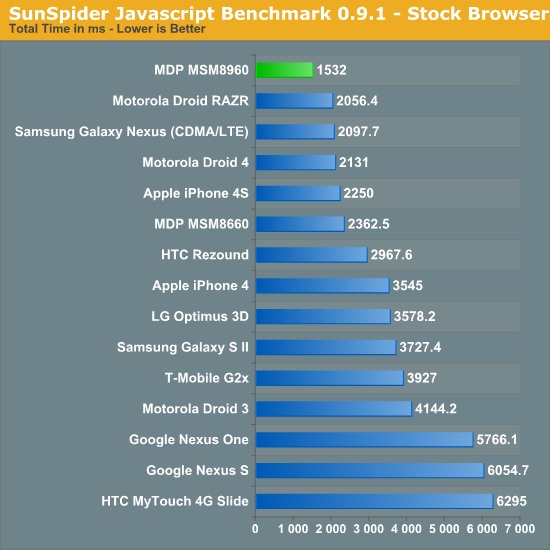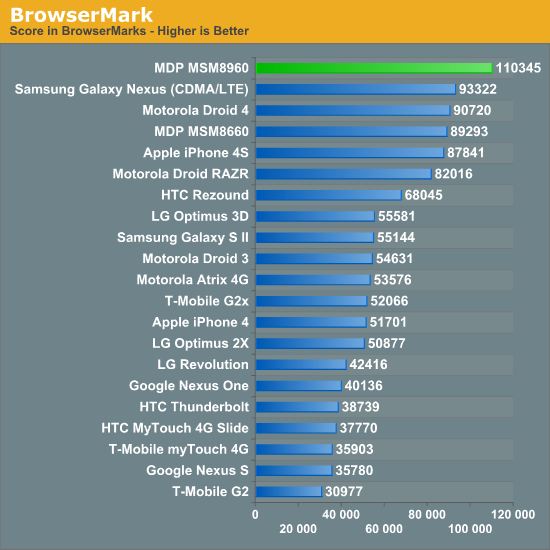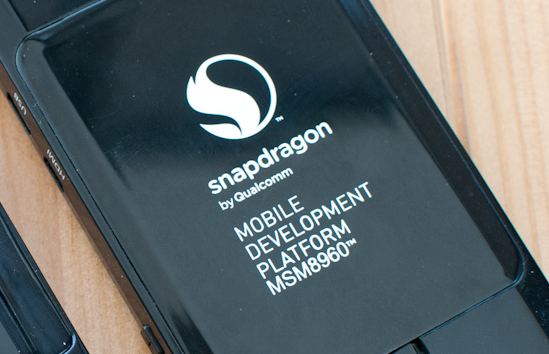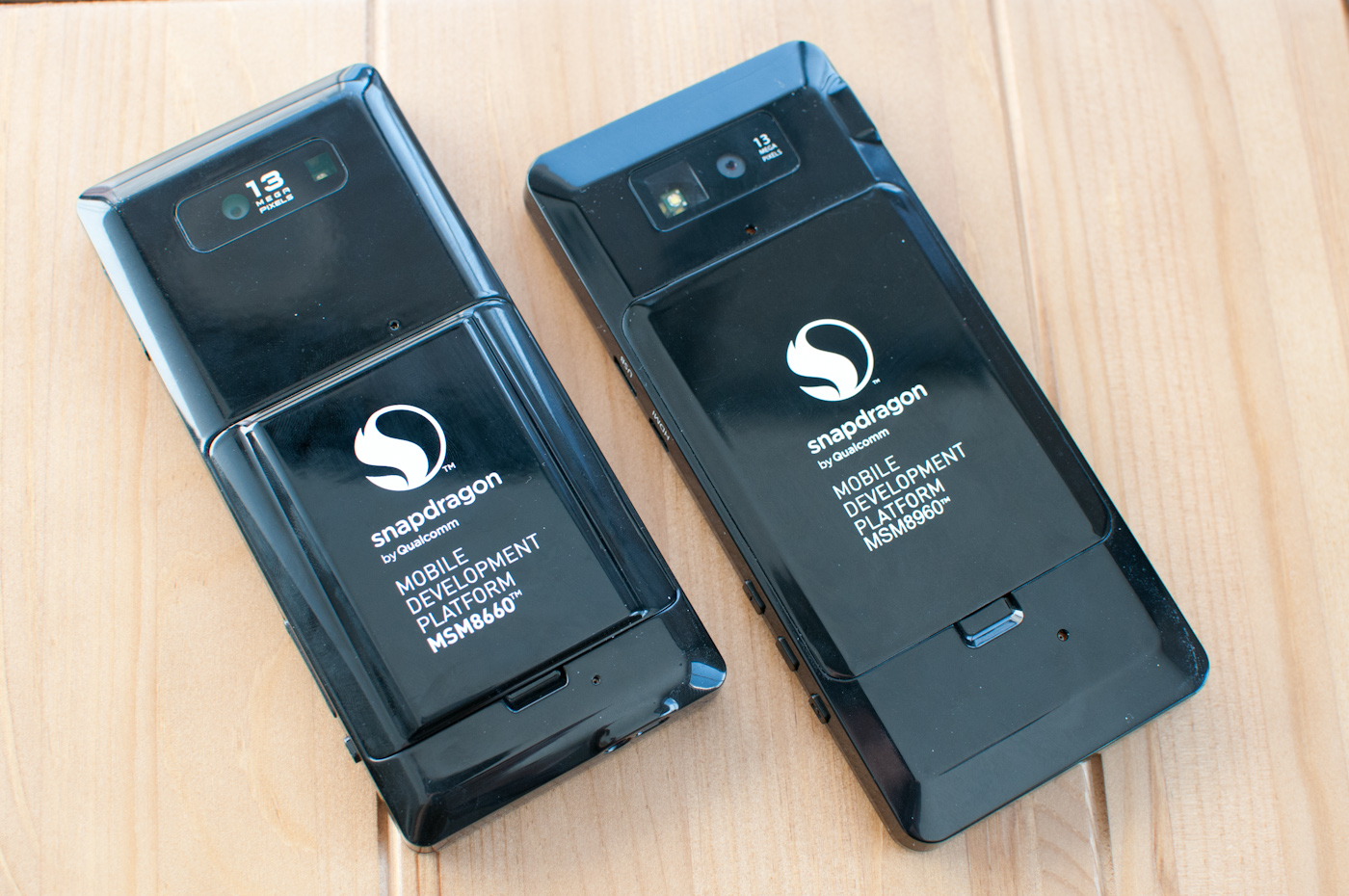Qualcomm’s fresh processor architecture Krait will pave the way for future system processors from the company, The first processor tests of the Snapdragon S4, MSM8960 with Krait, impress when compared to the Scorpion architecture and ARM Cortex-A9.
Krait is the name of Qualcomm’s new microarchtiecture that will be used in future smartphones and tablets, but is also expected to appear in TVs and possible computers. We have seen a number of demonstrations of what Krait is capable of, but performance in terms of numbers have been hard to come by. Anandtech got a development platform with Qualcomm’s new system processor MSM8960, which will be the most common in smartphones. The platform will be used together with Android “Ice Cream Sandwich” 4.0.3.

MSM8960 sports two Krait cores clocked at 1.5 GHz, and the new Adreno 225 graphics. Adreno 225 is an evolved Adreno 220, with minor improvements and newer drivers. The 28 nm technology also helps, since the frequency has been boosted by 50 percent – from 266 MHz to 400 MHz. Krait is a wider out-of-order architecture than Scorpion, and Qualcomm says it will outperform Intel Atom.
 Intel Medfield – 1331.5
Intel Medfield – 1331.5
The JavaScript-based test SunSpider 0.9.1 that only uses one core shows MSM8960 speeding ahead of the competition and leaves them far behind. For some reason it did not include Intel Medfiel in the comparison, but we can see that Intel still has the upper hand with its Atom core at 1.3 GHz (1.6 GHz in Turbo). Qualcomm has higher clocked chips coming though, and these could possibly outperform Medfield. As we mentioend before MSM8960 sprots two Krait cores at 1.5 GHz – Medfield sports only one Atom core and Hyper-threading.
 Intel Medfield – 116,425
Intel Medfield – 116,425
Once again MSM8960 keaps parts other smartphones with wide margins, no matter if they are dual-core Scorpion or Cortex-A9. If we once again brings up Intel’s Medfield platform it is not so far ahead anymore. A boost of 100 – 200 MHz with Qualcomm’s development platform would be enough to get past Intel’s alternative.
In other synthetic tests MSM8960 shows to be even more superior with 87.5 – 142.3 percent better scores than the closest competitor. At first sight it sure looks like a winner, and we look foward to seeing higher clocks versions.
Graphics performance is good, but no the best
When looking at the graphics performance things are not quite as swell, but not bad either. Besides the improvements in the graphics architecture and 50 percent higher clock frequency, the Snapdragon S4 family sports twice as much bandwidth as Snapdragon S3. This should help quite a lot when it comes to graphically intense games.
MSM8960 beats the precursor MSM8660 and is nearly twice as fast. It is often a close call between Qualcomm’s new system processor and Galaxy S II with its Exynos 4210 sporting Mali-400 graphics. There are some oddities though, like GLBenchmark, where performance is high enough to outpace Apple iPhone 4S, with the class-leading Apple A5 and PowerVR SGX543MP2. In other tests Apple’s smartphone claims most of the trophies, not surprisingly.
Results are very promising
The rseults are veru promising at this point, and we have a hard time seeing how anyone with ARM Cortex-A9 will be able to match it, even at 28 nanometer. Up until the first system processors appears with Cortex-A15, Qualcomm has the processor performance on its side. The graphics is good, and probably enough for most, but we expect most of the competition to present much faster solutions. Either through a license from PowerVR or ARM’s Mali-T604. It is still too soon to dismiss Qualcomm, since we are still waiting to see what the new Adreno 3xx GPUs can do.
It is also hard to say when the platform will be commercially available. Energy consumption and battery time are still two of the most important aspects of a smartphone, but also there Qualcomm looks to have a winner.
Uppdate: Anandtech has now published the second part of its analysis of Qualcomm’s Krait architecture and here it compares to Nvidia’s quad-core Cortex-A9 processor Tegra 3. Also here Qualcomm’s new architecturee shows much promised, and not just in the single-threaded tests, but also in heavier multi-threaded tests. The second part can be found here: Anandtech Qualcomm Snapdragon S4 vs. Nvidias Tegra 3
Source: Anandtech
















